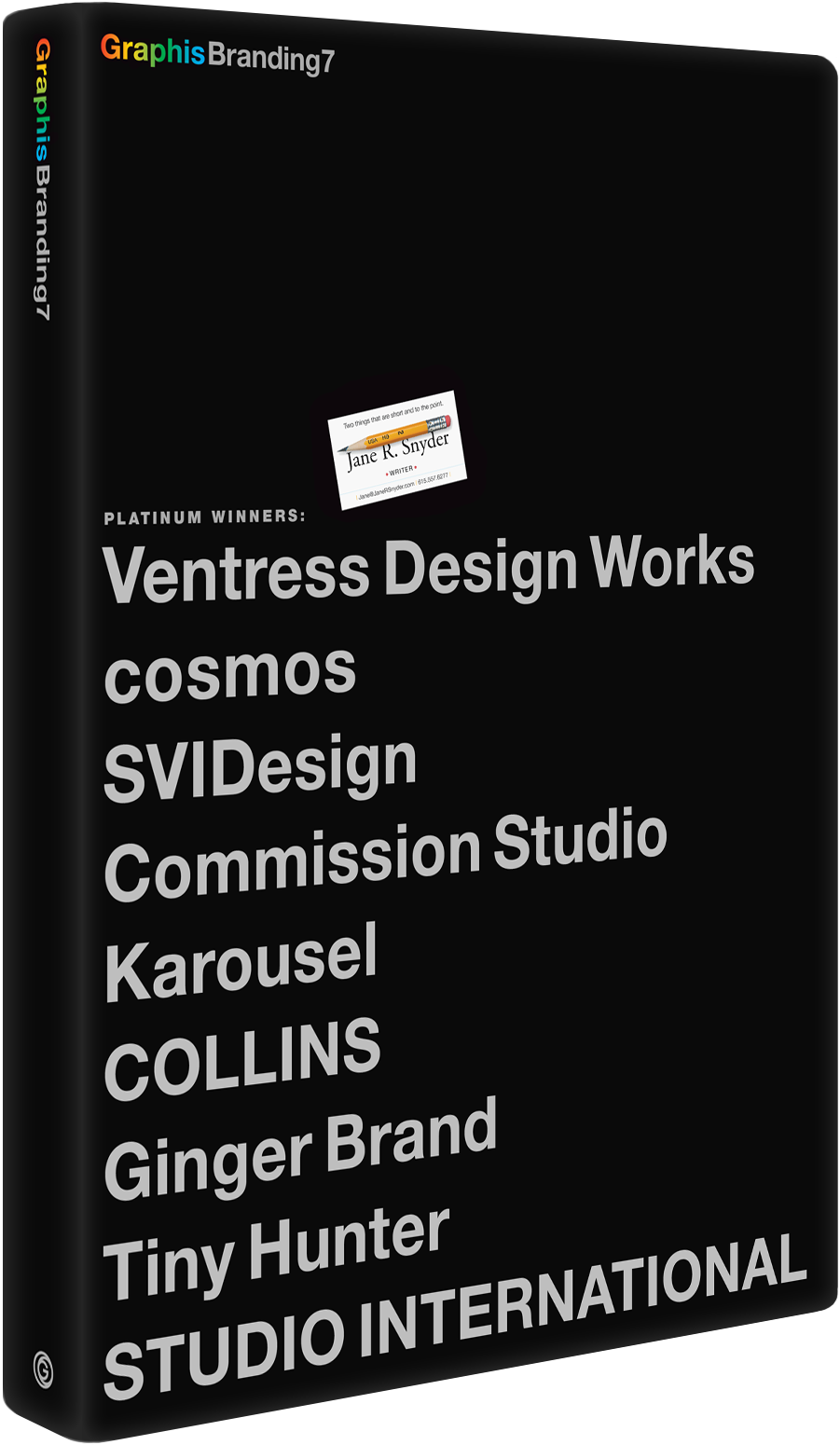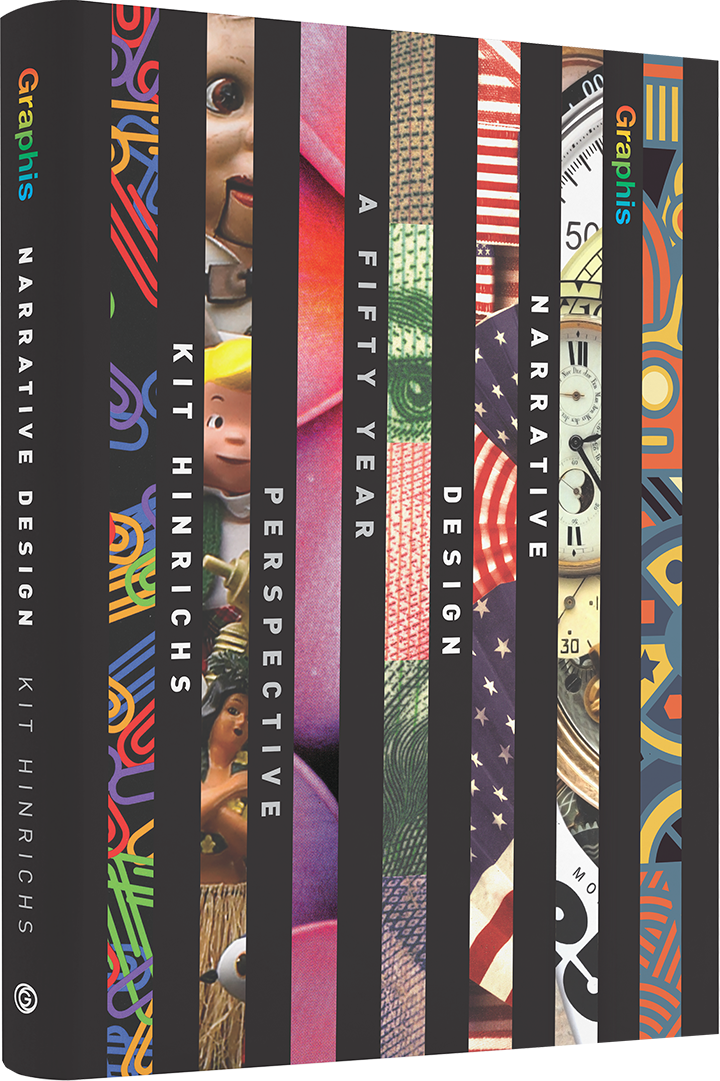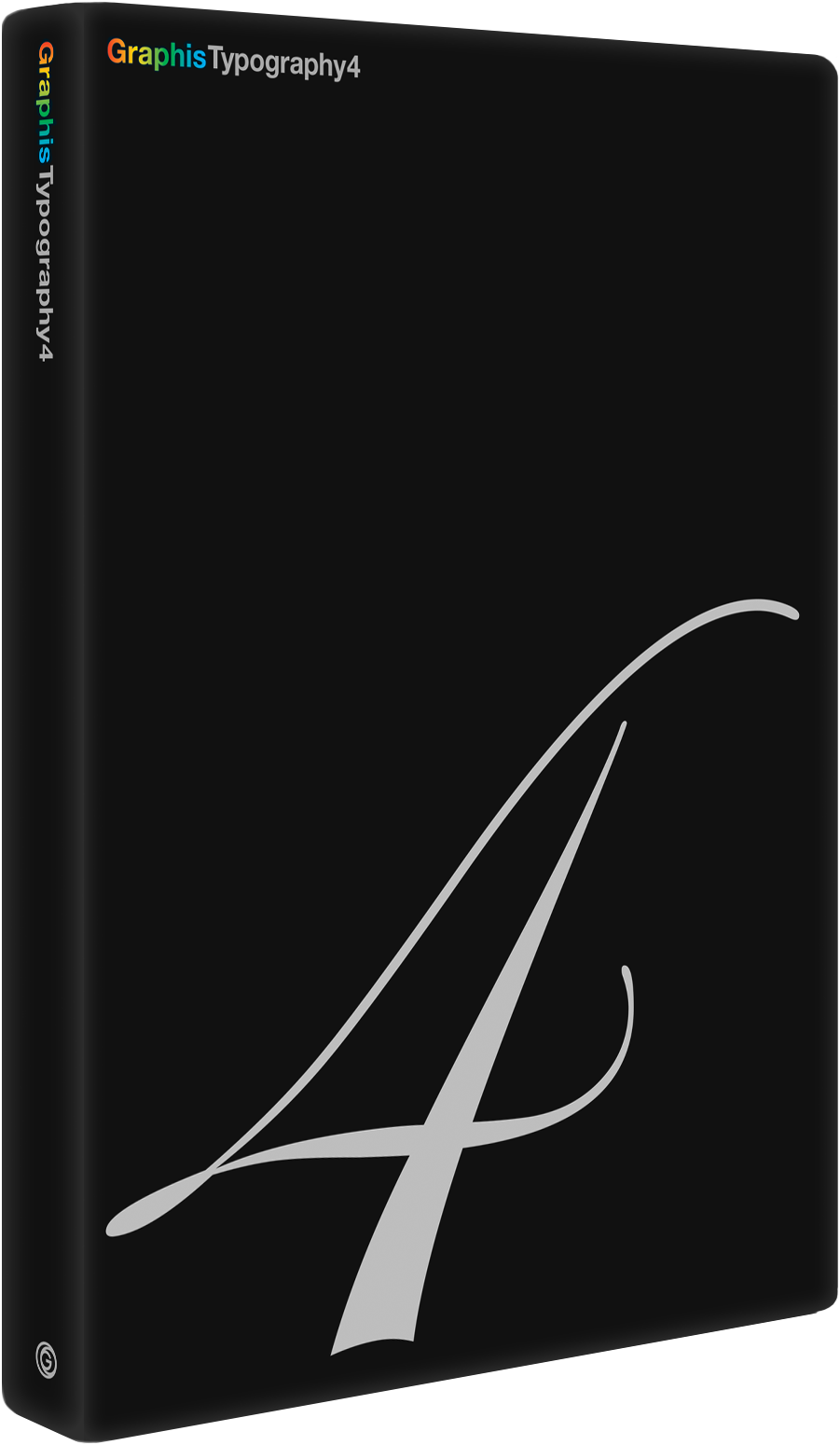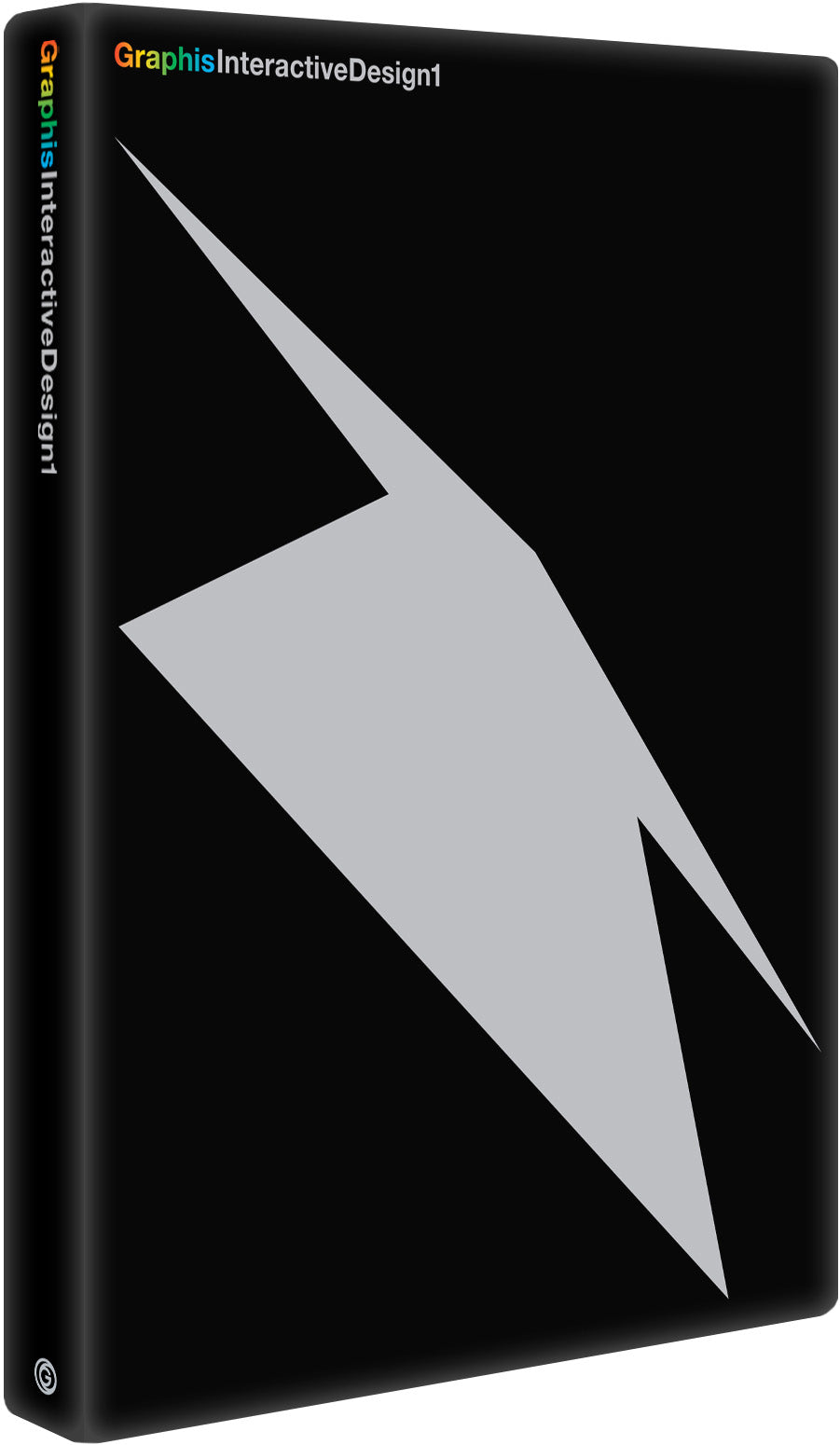From Star Wars to Emmy Wins: Ariel Freaner on a Life in Design
For Ariel Freaner, it all started when he first saw Star Wars. That, combined with the discovery of his uncle, Bill Melendez, being an animator for the Peanuts TV shows and movies, solidified his belief that art could lead to limitless possibilities. That shows in the work produced by his studio, Freaner Creative & Design. From creating the Calimax Crazy Cart to winning multiple Emmys for visual effects, Ariel has done it all. His secret? An openness to constantly learning, embracing change, and seeing new technology (including AI) as an opportunity. Yet for all his success, Ariel’s greatest satisfaction comes from the joy of daily creativity and looking ahead to continuing his artistic exploration while mentoring the next generation of creatives.
Introduction by Adrian Kwiatkowski, Vice President & Partner, Bartell & Kwiatkowski
Ariel Freaner is an accomplished and well-respected graphic designer. I have known him for over five years, and we have worked together on numerous creative projects of varying complexity. He is knowledgeable and professional and applies his creative abilities to the maximum benefit of his clients and collaborators. Ariel approaches each task with a focus on producing high-quality results filled with elegant designs and organic functions. As a result, he is my go-to graphic designer when I need a job done well, a job done right, and a job done to complete satisfaction.

What has inspired or motivated you in your career?
Since childhood, I have loved to draw and contemplate every visual form, from cartoons, books, and encyclopedias to newspapers, magazines, and advertising. I used to collect packaging just because I was captivated by its appearance. The same thing happened with advertising. When I was a kid, my father and I spent hours reading newspapers and magazines. He was actually reading; I, on the other hand, was looking at the visuals. In his travels to Mexico City, my father always brought me back journals, some Mafalda books, and other magazines I loved seeing and reading.
My first, and so far biggest, inspiration (like many other people my age) was seeing Star Wars for the first time. That movie changed my life in every direction in the art field. It made me believe I could do so many things without limitations, and somehow, I knew it would involve the arts. Design, illustration, cinema, animation, and special effects became my biggest obsessions. George Lucas became one of my heroes, as did Ridley Scott after Blade Runner and Alien premiered. Steven Spielberg soon joined them thanks to similar success with Jaws, Close Encounters of the Third Kind, E.T., Jurassic Park, Raiders of the Lost Ark, Schindler’s List, Saving Private Ryan, and other films.
Those inspirations and motivations were and continue to be profound, but I also found inspiration closer to home: my own family. When I was 11, I discovered I had an uncle who did animation in Los Angeles. Another uncle who understood my passion for drawing, animation, and everything visual took me to visit him. What a surprise to find out my distant uncle was Bill Melendez, the animator for the Peanuts TV shows and movies. I could not believe it; my uncle had done all the Snoopy and Charlie Brown shows! Over the years, I continued visiting him, building a relationship with him, and working with him on several projects. I remember being the first kid (or at least I was told that) to see What A Nightmare, Charlie Brown! Once I met my uncle, I knew I could follow my dreams of building a career in illustration and design.
What is your work philosophy?
When I was 19 years old and living in Mexico, I had the opportunity to come to the US to work under a special visa for individuals who possess extraordinary abilities in the sciences, arts, education, business, or athletics or who have a demonstrated record of exceptional achievement in the motion picture or television industry and have been recognized nationally or internationally for those achievements. I didn’t want to waste this opportunity, and I dedicated myself to working hard, studying, learning, improving daily, and developing a strong work ethic. I would tell anyone who wants a career as a creative to have a strong work ethic. It is incredibly valuable these days. Provide a service, be professional, honest, accessible, and courteous, and consistently deliver your best.
Who is or was your greatest mentor?
Jesús Blancornelas, the owner and director of a weekly newspaper named ZETA in Tijuana, Baja California. I was in college when he allowed me to work at his office. While he was not a designer, he respected and admired my work. Mr. Blancornelas allowed me to explore the world of graphic and editorial design, provided me with books, and even offered me a scholarship to continue my studies. He bought me a Macintosh IIFX, one of the first Mac computers to do digital design work. I worked with Digital Darkroom, PageMaker, the first Illustrator, TypeStyler, and other applications. It was fun!
As important as graphic design was for me back then, I also had some exciting and extraordinary experiences while working at ZETA. It was a time of turmoil in Mexico and Tijuana. There was an intense fight for democracy, and the anti-corruption movement was at its peak. Mr. Blancornelas led that movement with press freedom in northern Mexico, and ZETA became the barometer of Mexico’s democracy and status. At the boiling point of this movement, while working at ZETA, I experienced the horrific assassinations of my coworkers, an assassination attempt against Mr. Blancornelas, drive-by shootings at the ZETA offices, home threats, and many more dangerous experiences. It’s important to remember that this was long before social media, smartphones, or any of the digital advances we have today.
As horrific as that was, I also experienced the first fruits of democracy in Mexico. Thanks to Mr. Blancornelas’ and ZETA’s support and efforts, the first mayor from the opposition party was elected in Ensenada, and years later, he became governor of Baja California. Other things happened during that critical period, like revealing another governor’s corruption and forcing him to step down. It was powerful because this was one of the most corrupt governments in that region’s history.
It was a great “hard knocks” school, and it inspired me to be a better person, have good ethics, and be a good designer. Putting all the drama aside, I designed the whole newspaper and earned ZETA multiple awards from Graphis, SND, and others. After several years, ZETA became one of my best clients, and when Mr. Blancornelas passed away, my relationship with ZETA slowly ended.
What is it about advertising that you are most passionate about?
The creativity and evolution of traditional applications for advertising thoroughly absorb me. For example, I learned to compose my designs utilizing a photo enlarger (or stats camera for some), Letraset transfer sheets, an airbrush, inks, Leroy pens, etc. Today, we use Photoshop and Illustrator, among many other applications. However, most concepts and technical names, such as posterization, halftones, and duotones, are still the same; they are just digital and live inside a menu in Photoshop.
Advertising itself is evolving: We used to have (and still do) billboards with static 3D images, like some French fries reaching beyond the edges. Now, we see the same concept with an animated digital billboard showing the French fries coming at the viewer in a stereoscopic or anaglyphic 3D fashion. Being a part of this evolution is humbling. While some designers see the ongoing digital evolution as a threat (first, the computer, then the Internet, and now AI), I see it as an exciting opportunity to produce and create more advanced, creative, and fascinating work. In a way, I live by this Edna Mode quote from The Incredibles: “I never look back, darling. It distracts from the now.”
What is the most difficult challenge you’ve overcome to reach your current position?
Honestly, my biggest challenge has been financial. I started with nothing, so I needed to support myself from a very young age. I saved every penny to get the best education available, from buying books and supplies to supporting myself through college. Then there are the usual challenges: competition, bad experiences, dishonest and unscrupulous people, gossip, envy, etc. However, I believe in learning from your mistakes, leaving the past behind, and always looking and moving forward.
Who have some of your greatest influences been?
There have been so many creative people I’ve learned from. Still, my key influences have been designers, writers, and creatives such as Milton Glaser, Roger Black, Mario García, David Carson, Armin Hofmann, Saul Bass, John Dykstra, Ridley Scott, Mary Blair, George Lucas, Steven Spielberg, Michael Crichton, Brian Johnson, Joaquín Salvador Lavado Tejón (Quino), Charles Shulz, Jim Davis, Berkeley Breathed, and José Palomo.
Who among your contemporaries today do you most admire?
I am a bit old school, but I have been following some of the work of more contemporary graphic designers and design studios. I love Pentagram’s cutting-edge design and how they’re always at the forefront of whatever is new in this industry, the unexpected experimental typographic designs of David Carson and Paula Scher, the work of the now extinct Emigre magazine, Ray Johnson’s collages, and the fantastic paintings of Remedios Varo. There’s so much incredible and advanced work available today that I always take some time to get lost in Behance, Pinterest, and other sites, as well as some design and motion art accounts on Facebook and Instagram.
What would be your dream assignment?
My dream has always been to create special effects for Industrial Light & Magic, a cover for Time magazine, or a complex multi-page pop-up annual report utilizing unlimited printing techniques such as die cuts, metallic inks, UV spotting, foiling, embossing, and much more.
Who have been some of your favorite colleagues or clients?
I have no favorite colleagues, but I do have clients I appreciate working with. They include Jesús Blancornelas at ZETA, the County of San Diego, the Navy, Bill Melendez Productions, Fujitsu, the San Diego DA’s Office, Calimax, and the Red Cross of Tijuana with Jorge Astiazarán. These individuals and organizations have inspired me both in my work and because of their community contributions.
What are the top things you need from a client to do successful work for them?
First, I always ask them to provide as much information as possible about what they want to help me assess and research the right creative and design solution. Secondly, I ask the client to respect and trust our expertise and let us work! It is essential that the client who hires our design firm trusts our approach and enables us to do what we do best. The moment the client starts designing (which differs from making changes), the nightmare begins, and the process goes downhill. Lastly, of course, we ask clients to please pay their bills.
What do you consider your most outstanding professional achievement so far?
We love everything we do. Big or small, we put our heart into it. That said, we are very proud of a couple of projects: the Calimax Crazy Cart, Beto the Red Cross mascot, the County of San Diego’s Agriculture, Weights & Measures Crop Report, the LUEG Budget infographics website, the San Diego District Attorney’s Office designs, and the Fujitsu ECLIPSE mobile entertainment campaign.
Is there a specific award you’ve won that is the most memorable to you?
I received an award in my early teens for a character I designed for the Hermosillo Sonora Red Cross. It was my first professional award, and they even sent an ambulance to pick me up at my high school to take me to the conference where the award was being presented. It was a fantastic experience. I felt so important.
The first award I received in the United States was from Print magazine in 1992 for two logo designs. I was amazed when I received my first US award certificate. Following that, we received some award of excellence certificates from the Society of News Design, but I never got a trophy.
Then, I received my first trophies from Graphis. They were gold and silver and came in a neat, beautifully packed box along with the hardcover books with the award publications.
That was a great moment!
While the studio grew in different areas, such as animation and visual effects, we also had a great memorable event when we won our first few Emmys for visual effects, art direction, audio, and motion graphics, which included nominations for my daughter and son.
What about your work gives you the greatest satisfaction?
That’s the thing: I have never felt that I go to work. I delight in being creative for a living every day. I get excited every morning just walking into my studio, passing by my shelves, and seeing my colored pencils, markers, books (including Graphis), Pantone guides, drafting tablet, papers, brushes, and watercolor station—all well-organized and ready to be used. Oh, I can go on and on!
What part of your work do you find the most demanding?
Accounting and administration. A business can only run well with sound accounting and administration. Thank God I have the perfect partner: my beautiful wife, Yolanda. Oh, she’s so good with numbers, administration, and forecasting. She’s responsible and down-to-earth, but better yet, she is more beautiful than anything.
What professional goals do you still have for yourself?
God permitting, studying! I am planning and getting organized to start a new career in new media here in San Diego. I want to expand my knowledge in all interactive media and aspects of digital and visual design, user experience design, interaction, motion graphics, and technology.
Besides advertising, you also work as a career advisor for schools and other educational organizations. How did that start, and what do you like about it?
I get invited sporadically to be a career advisor for schools and other educational organizations, such as Cuyamaca College, the Advertising Arts College, and City College here in San Diego. I have also spoken in Tijuana, Mexico City, and Guadalajara. I have found it very rewarding, and it keeps me up to date.
What advice would you give students starting out today?
Keep studying, always stay up to date, practice, and respect your career and profession. I have met people who think careers in the visual arts fields are not “real” careers. Do not let anyone make you feel less; I know several lawyers, doctors, and engineers who are anything but successful in their fields.
What do you value most in life?
My family and the time I spend with them. Even though design, animation, special effects, and other visual arts are my passions, being with my loved ones is what I cherish most. It’s the most valuable time you can ever have.
What interests do you have outside of work?
I like traveling, reading, eating, photography, working on my comic strip, and collecting toys.
What would you change if you had to do it all over again?
I would not change anything. We all have personal missteps, but that’s part of growing up. Sometimes, we forget who we are today is due to everything we have lived through. I believe in learning from the past and living in the present to build a better future.
Where do you find inspiration?
Everywhere: looking at the scenery, seeing locations, traveling, researching, movies, TV shows, the Internet, and listening to music. Sometimes, I connect my brain to the rhythm of music while working: I transform beats, rhythms, melodies, and musical notes into design elements that play with each other and ultimately create great designs.
How do you define success?
I am happy when I am with my family, at work, and in everything else I do. In the business sense, I am also pleased when my clients are happy with my work and services. Recognition is excellent and essential for self-growth; however, I believe success is being happy with everything you do.
Where do you see yourself in the future?
God willing, I will be with my beautiful wife and family, sitting at my drafting table doing design experiments, cartooning, and working on my comic strip. I may do illustrations occasionally, but I will mostly enjoy life with my loved ones. I have three things I would love to do on my bucket list: take a course at ArtCenter, visit Antarctica with my family, and travel to space if possible.
How do you balance your work with your personal life if there is a distinction between the two for you?
There’s a distinction for me. My personal life is about my family. When I’m with them, I try to avoid talking about mundane, daily work things so I can focus on being with them. One of the reasons I don’t work at home and have a studio is to separate my work from my personal life. Yes, there’s a time when both merge, such as when we celebrate an achievement, an award, or another event worth sharing, but I don’t want to mix personal time with everyday work.
In what ways do you see your field changing over the years?
I see a new digital world offering multiple opportunities to today’s design studios and future designers. Rather than being some evil competition or a threat, I believe the Internet and AI are opportunity generators with the potential to provide expert assistance. As an example, we work so much faster today with AI. We can use it to help remove backgrounds, create algorithms for batch processing, suggest faster HTML and CSS codes as well as program production routes, and finish designs based on our original prompts. The more the digital world expands, the more visually original it must be to compete in today’s global arena. Other than Edna Mode, I also live by Walt Disney’s famous phrase, “It’s kind of fun to do the impossible.”
Ariel Freaner has over 35 years of experience in creative development, illustration, and design. He is the principal and founder of Freaner Creative & Design, an award-winning, San Diego-based full-service firm offering creative, digital, and graphic design services, including web and app design, editorial and print design, branding, and 3D development, among many other services. Freaner Creative & Design’s multilingual, cross-border commercial campaigns in English and Spanish have distinguished it from many Southern California firms. It works with a diverse spectrum of clients in North America, Latin America, and abroad, earning multiple awards and numerous international and industry awards from various prestigious organizations, including the Davey Awards, Graphis, the International Design Awards (IDA), the American Institute of Graphic Arts (AIGA), the Society of News Design (SND), and Print magazine. In 2023, Freaner Creative & Design received five Emmy Awards for art direction, visual effects, and sound design. In 2024, they received two Emmy Awards for audio and sound design and eight nominations for art direction, visual effects, and long-form commercial production. Freaner Creative & Design’s US clients include the County of San Diego, the City of San Diego, Motorola, the US Navy, Fujitsu, Eclipse Mobile Entertainment, Clarion Mobile Entertainment, Laura Scudder, The San Diego Union-Tribune, and Todd Gloria’s successful San Diego mayoral campaign. Freaner Creative & Design’s international clients span a wide range of industries and sectors, from the Mexican Red Cross, Fujitsu Latin America, Clarion Latin America, Uniradio, Calimax, the XXI Ayuntamiento de Tijuana, LINTEL, Las Colinas Industrial Park, ZETA Weekly, and TBWA Mexico, among many others. This diverse client portfolio is a testament to their versatility and ability to adapt to different client needs and industries. Ariel Freaner’s dedication to the design industry extends beyond his professional achievements. He has served as a mentor to design students for more than 35 years, offering invaluable career advice to numerous educational organizations, including the Art Institute of San Diego, Cuyamaca College, San Diego City College, the San Diego City School District, and ITESO in Guadalajara, Mexico. His participation in multiple congresses and design expositions throughout the United States, Paris, China, and Mexico, both for students and commercial clients, is a testament to his commitment to fostering the next generation of design talent.

Discover other creatives in the Graphis Journal #384.
You may also like
Sky Ablaze Over the Lagoon
While Manhattan, home to Graphis, thrives on constant motion—the kinetic energy of millions moving through concrete canyons—California…
Read MoreEdmond Huot is Shaping Stories in the Skies
In the world of aviation, where engineering often overshadows artistry, Edmond Huot has carved out a rare…
Read More
Related Annuals & Publications
View AllBecome a Graphis Member
- 1-Year Membership Subscription
- Enjoy 50% off on Call for Entries
- 1-Year FREE Subscription to Graphis Journal
- Your Portfolio online with profile + links
- Get 20% off on Graphis Books








